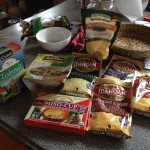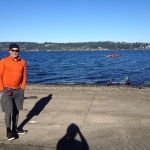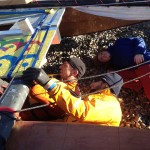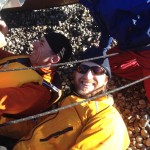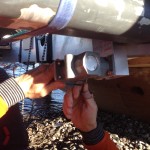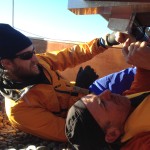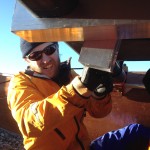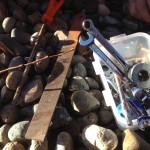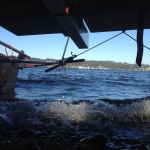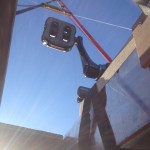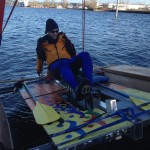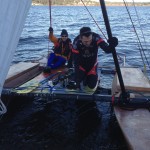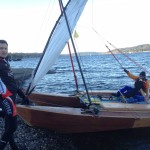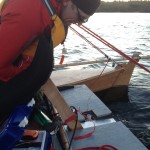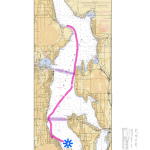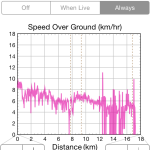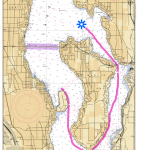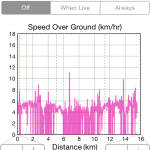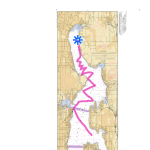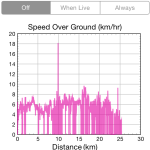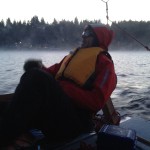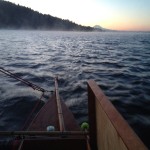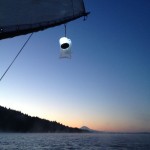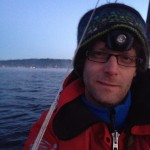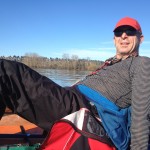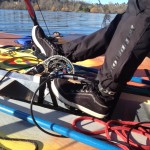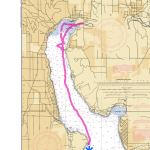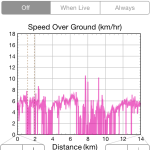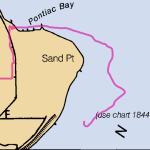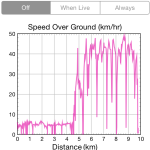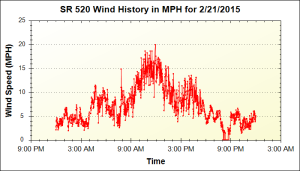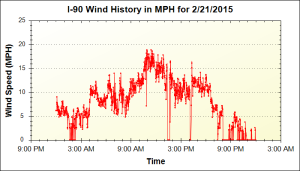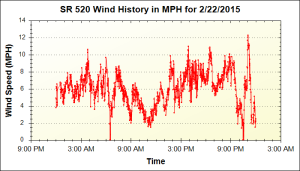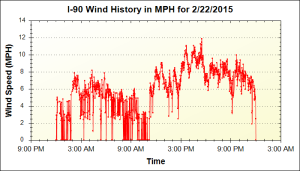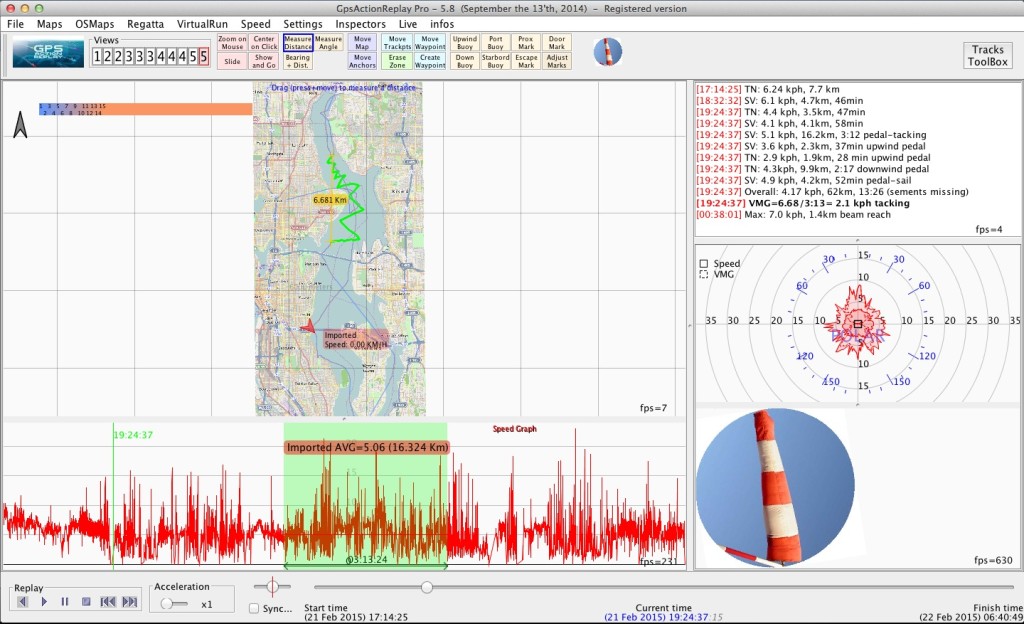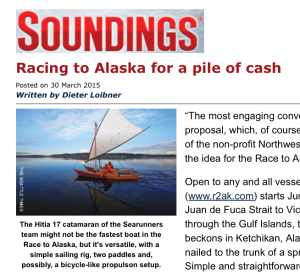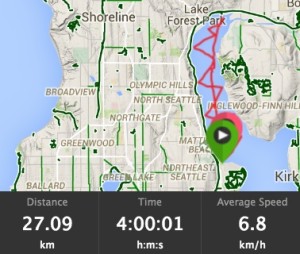Last night Thomas and I gave a talk about the Race to Alaska at Sail Sandpoint. It was a great crowd, including some of our co-conspirators: Matt Johnson, Eric Hvalsoe, and Tim King. If you’re interested in some background on the 2015 rules/route, a few slide shows of our build, gear, training, and race experience, as well as a distillation of the 2015 results — here is an on-line version of the presentation —
Hawaiian double canoe talk May 17 at Center for Wooden Boats

Calling all R2AK racers and fans — especially Team Pure and Wild (the proa innovators)! Don’t miss our wise advisor, Kiko Johnston-Kitazawa, as he spins yarns regarding “Wa`akaulua, the Hawaiian Double Canoe” at the Center for Wooden Boats (South Lake Union location). Kiko will talk at 5pm on Sunday May 17 (2015) in the Boathouse. He also plans to have his Pahi 26 with a Hawaiian sprits’l rig moored alongside for tours and maybe a post-talk sail adventure.
When he is not guiding sailing adventures or talks in the National Parks on the Island of HawKii, Kiko visits Seattle where he is renovating and sailing a Wharram Pahi 26′ double canoe and giving advice to Team Sea Runners as they prepare to compete in the June 5th, “Race to Alaska“. In addition to discussing the history of Hawaiian sailors he will review the current role of these designs in the Pacific Northwest.
Kiko has spent most of his life sailing, building boats and exploring Hawaii’s Big Island. Growing up in Hilo as the son of a surfboard and outrigger canoe builder, Kiko had his first sailboat at age 14 and a captain’s license at age 18. He has sailed from Hawaii to California, Washington, and Canada several times.
“Captain Kiko” studied seamanship and navigation under Captain David B.K. Lyman and Captain Norman Pi‘ianaia as well as apprenticing with boat builders on the mainland. He is a graduate of Bates Boat Building Program in Tacoma who now builds double-hulled canoes, leads sailing tours, and teaches canoe building.
Everytime I talk with Kiko I learn something new about sailing and boats. His knowledge of maritime history is encyclopedic. He’s especially knowledgeable about Pacific, Polynesian, and Hawaiian cultural history, but what impresses me the most is the diversity of boat designs, innovators, and good precedents he is able to hold in his mind.
If you can make it there in person, I guarantee that Kiko will spin you some amazing yarns and field most any question you can think up. If you can’t make it, here are a couple of videos — ones that either Kiko recommended and I found compelling, or ones of Kiko practicing his art in Hawaii.
The Manu Kai was the inspiration for Hobie catamarans in the mid-20th-century.
Watch Kiko steer his double-canoe into a typical Hawaiian bay.
18 hour trial on Lake WA: nighttime circumnavigation of Mercer Island
As Team Sea Runners prepares to run back to the sea (or at least lake) again, it seems a good time to reflect back on our first lake trial, providing an account of the adventure and some performance data. Starting on February 22, 2015, in the mid-evening from Sail Sand Point, we pedal-sailed for almost 18 hours around Lake Washington. Along the way we circumnavigated Mercer Island, were startled by the sounds of mid-night maelstroms, and met a misty, frosty dawn by securing our craft to “the shish-kebob stick” off of St. Edwards Park.
From a R2AK training perspective, we learned a lot. First, don’t put the 2:1 90-degree drive on backwards, unless you want a really high cadence for very little propulsion! Second, with the right tools you can fix such problems on the beach. Third, don’t drop nuts on a cobble beach if you plan on seeing them again. Thanks to some help from Mike and Enzo, Thomas got Matt’s pedal drive (2:1 Mitrpak, carbon-fiber sleeved bent shaft, and carbon-fiber prop) working well. Our sail rig was the 13~m2 crab claw on the A-frame windsurfer mast raked forward about 20 degrees.
We also got a good sense of what it’s like to pedal on a watch schedule through the night. Pedaling for a couple hours is doable, especially with water and snack food handy. Observing the shoreline takes away some of the monotony, but we can now report that the Mercer Island population uniformly watches big bright screens on Sunday nights, in stark contrast to the residents of Lake Union who commonly exhibit postprandial coital activity. While Nature may provide us with entertainment aplenty along the BC coast, bringing some music or books on tape may boost morale during the R2AK if we run into multiple no-wind days.
Mother Nature did provide us with some wonderful experiences. It’s always amazing to night sail on Lake Washington — alone even in the summer months as the metropolis sleeps around you — but on this longer voyage we were privileged to witness two new phenomena. Around 2 in the morning as we tacked north from the 520 bridge we kept sensing dark patches of water ahead — as if a localized gust were approaching, riffling the darkened waters. As our range closed to a couple hundred meters, the patches would emit an intense sizzling noise and slowly disappear. Eventually we resolved they must be enormous flocks of sleeping birds, but we heard no calls and never got close enough to identify the species. Another treat was sailing through sea smoke in the pre-dawn as a chill northerly wind swept over the Lake and us off St. Edwards Park. With ice forming on the deck it was other-worldly to ghost through the broken trunks and skeletal branches of the numerous trees that have fallen into the Lake from the Park. Ethereal forms seemed to rise from the Lake and drift through the dim arboreal hulks, like pirate wraiths patrolling the shoreline
Wind data
The overall wind situation was a light northerly breeze. As we set out from Sail Sand Point at around 17:15 and pedal sailed south to Seward Park (reaching it around 20:30), the northerly was blowing, but quickly decreasing from ~15 km/hr. The breeze was steady at ~<10 km/hr from midnight (through when the sea smoke was most active) until about 9 a.m. After that it slowed until we got off the water just before noon.
Performance data
This gentle, fairly steady northerly led to an opportunity to compare our downwind and upwind mean speeds. The screengrabs from iSailGPS show downwind speeds of 6-8 km/hr, while upwind legs typically have speeds of 4-6 km/hr. North of the bridge, where Scott pedal sailed through many tacks, the boat speed peaks near 8-10 km/hr — mostly during pedaled close or beam reaches.
Below are some results from GPSar:
TN: 6.24 kph, 7.7 km — Downwind SSP to 520
SV: 6.1 kph, 4.7km, 46min — Downwind 520-I90
TN: 4.4 kph, 3.5km, 47min — Downwind (but weakening wind) to S Mercer
SV: 4.1 kph, 4.1km, 58min — In lee of Mercer and upwind up east side
SV: 5.1 kph, 16.2km, 3:12 pedal-tacking — Upwind
SV: 3.6 kph, 2.3km, 37min upwind pedal – Upwind
TN: 2.9 kph, 1.9km, 28 min upwind pedal – Upwind
TN: 4.3kph, 9.9km, 2:17 downwind pedal – Downwind
SV: 4.9 kph, 4.2km, 52min pedal-sail — Across wind
Overall: 4.17 kph, 62km, 13:26 (sements missing)
VMG=6.68/3:13= 2.1 kph during tacking phase
Max: 7.0 kph sustained over 1.4km on a beam reach
Press: Racing to Alaska for a pile of cash
Another article about the R2AK!
Best quote from Thomas — It’s more about the adventure.
R2AK Hitia 17 reassembled with new pedal drive
After three weeks in the shop, Manu-o-ku is reassembled at Sail Sandpoint. We went from truck top to pedaling away in 1hr 20 minutes, then spent about the same time pedaling and paddling.
Here are the ship track and speed plot screengrabs from iSailGPS.

It is a synch to maintain 6.5 kph, but you have to mash & suffer a lot of noise (especially belowdecks) to hit 8. Not bad for the first iteration using Gary’s SS shaft & Rick’s SS propeller!

The tramps worked great, including retracting quickly to allow paddling on the inboard side of each hull.
Next step is to finish up the new mast and prepare to consult with James & Hanneke next week about the rig (in Greece)!


– Posted using BlogPress
Captain Kiko shares sailing wisdom in Friday Harbor tomorrow
For those of you based in the San Juan Islands, don’t miss a talk sponsored by the San Juan Nature Institute tomorrow night (Saturday 3/14/15) from 7-8:30 at the Grange in Friday Harbor. The presenter is none other than our Team Searunner sail and vessel design advisor for the Race to Alaska, Kiko Johnston-Kitazawa, of Wa’akaulua Sailing Excursions on the big island of Hawaii. The topic is:
Hawaiian Sailing Canoes – History and their recent use in the Pacific Northwest
Everytime I talk with Kiko I learn something new about sailing and boats. His knowledge of maritime history is encyclopedic. He’s especially knowledgeable about Pacific, Polynesian, and Hawaiian cultural history, but what impresses me the most is the diversity of boat designs, innovators, and good precedents he is able to hold in his mind.
If you can make it there in person, I guarantee that Kiko will spin you some amazing yarns and field most any question you can think up. Here are a couple of videos — ones that either Kiko recommended and I found compelling, or ones of Kiko practicing his art in Hawaii.
Sailing: for the love of it or for chasing away the demons?
Pedal Sailing
Tested out the latest way to move along. Northerly winds felt like 5 to 10 kph at pedaling altitude. Tried the following variations: rig up – sail furled pedaling straight into the wind; rig up – sail set pedaling various points of wind and sailing from the recumbent seat; and self-steering engaged and sails trimmed for hands free. Looks like steady course.
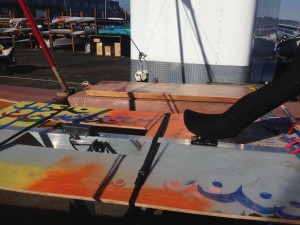
A little further analysis by Scott using Thomas’s GPX file in GPS Action Replay:

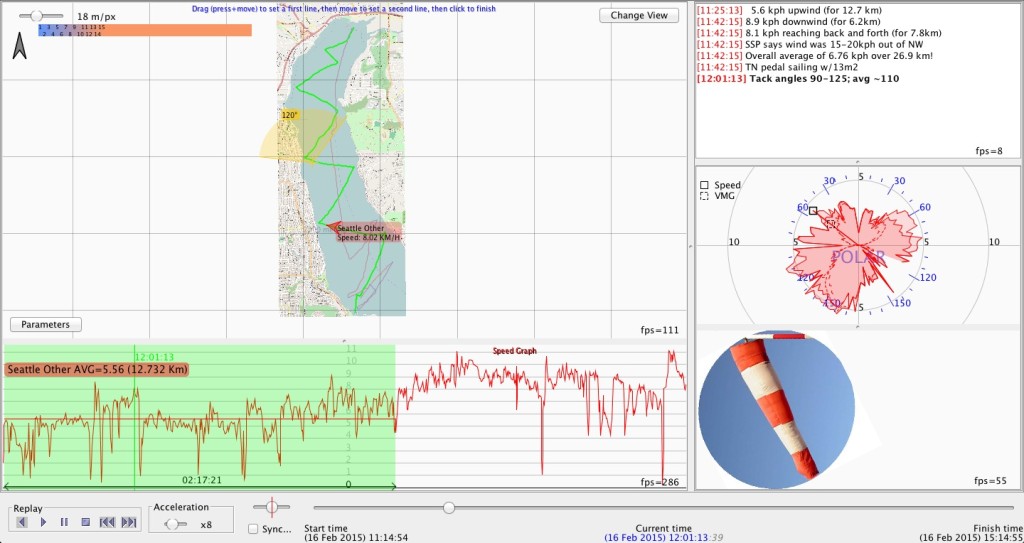
Thomas (single-handing the Manu-o-ku) averaged about 5.6 kph upwind (for 12.7 km), 8.9 kph downwind (for 6.2km), and 8.1 kph reaching back and forth (for 7.8km). SSP says wind was 15-20kph out of the northwest — probably a pretty typical situation for our race (though there may be chop). Overall average of 6.76 kph over 26.9 km!
For light wind, those are some impressive tack angles (90-125, avg ~110). Impressively, most of that upwind work was without pedal power assistance! In terms of velocity made good (VMG) under just the 13m^2 crab claw, this is promising: 3.45 km/hr VMG towards Kenmore during those ~9 tacks (7.2 km in 2 hrs 5 minutes).
That’s enough to make progress against the average contrary current (max speeds 4-5 kph) we’ll see in Discovery Passage outside of the flow restrictions like Seymour Narrows. Of course, to be realistic we’ll need to do similar tests beating into Puget Sound chop…
“Say YES More”
The more I think about the #R2AK and the more I research about human powered travel, the bigger the tribe becomes! All of these folks could be part of this race.
More paddling, More Sailing!
More footage from out recent outing in heavier winds with the modified mast and big sail. This time, I don’t think we were feeling like it was about to be an explosion of fiberglass and bamboo splinters!
